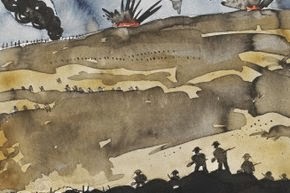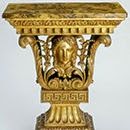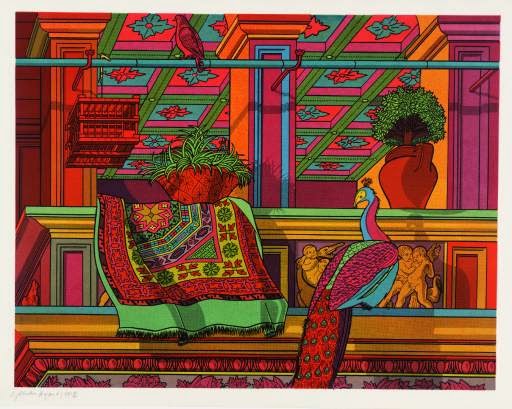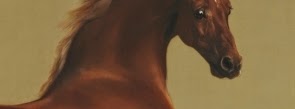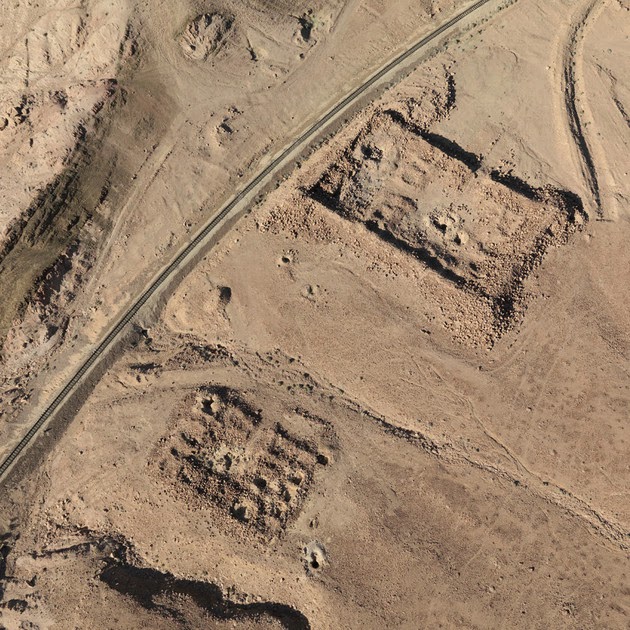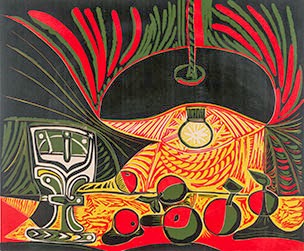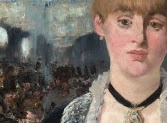Beatrix Potter: the Land, the Seasons and the War

Display at the V&A of work by Beatrix Potter from the years of the First World War. I must admit I thought this was stretching First World War shows a bit far! It was an interesting display and I guess said a bit about the home front but I did feel it was a connection getting pulled too far! I did like the section on how she got political just before the war and campaigned against the requisition of land horses producing a pamphlet about it with lovely illustrations. Her family described this a “The year Bea went into politics”. The rest was a bit marginal with some reference in letters to changes in the land such as women working on farms and some wistful pictures of the countryside, although as some of those were pre-war I wasn’t sure how they fitted in.
